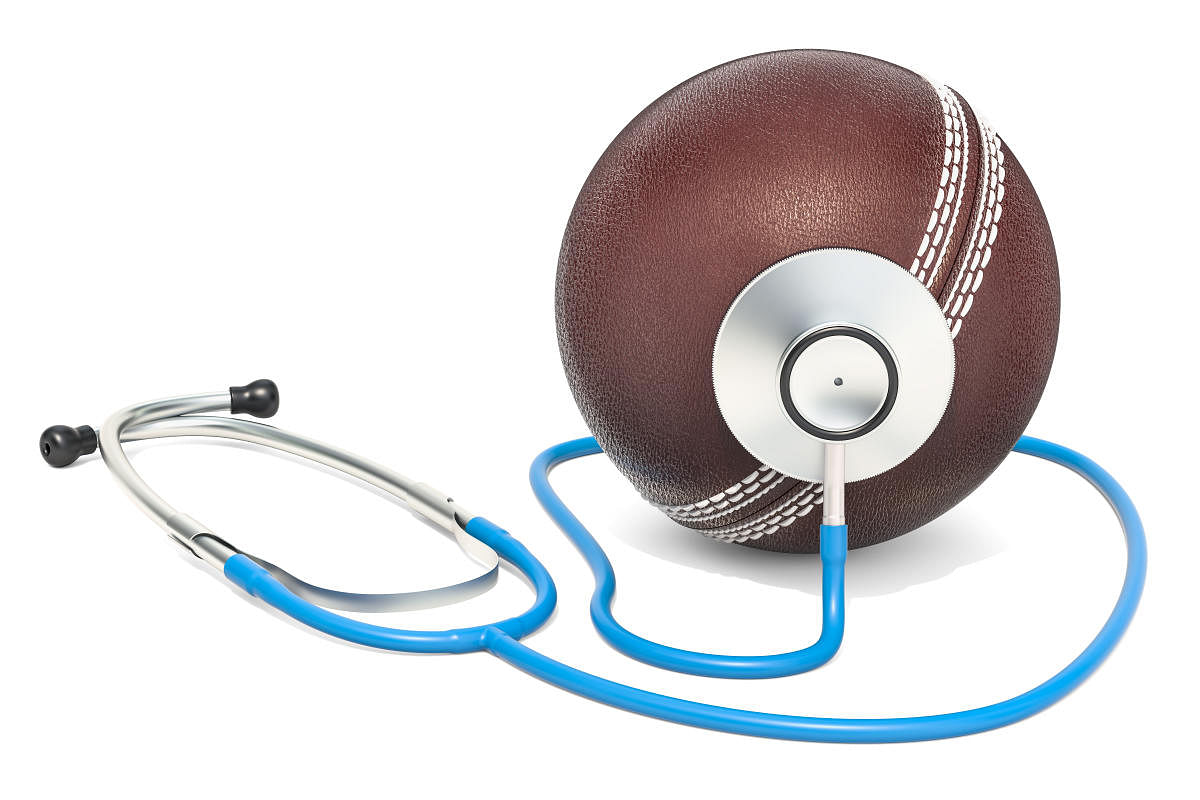
Cricket fever is at its peak. With the ICC World Cup underway, many may develop an aspiration to become a cricketer, join classes or play harder to become better players. However, given the weight of the bat, and with the ball travelling at tremendous speeds, players, especially children, are prone to a number of cricket-related injuries. On an average, around 30% cricketers have an injury at any given time.
The most common types of injuries that players usually suffer from while playing cricket are sprains, fractures, bruising and open wounds. Bowlers are more inclined to suffer injuries in their back and shoulder. Parents and coaches need to beware of such injuries, and ensure that children play safe and enjoy the game without hurting themselves.
Cricket involves physical fitness, skill, and strategy. Impact injuries are common since players engage in a wide range of physical activities, like running, throwing, batting, bowling and diving.
Here are the most common cricket injuries and ways to prevent them or at least reduce their impact:
Rotator cuff injuries: Rotator cuff are muscles and ligaments that surround the joint of the shoulder. Repetitive movements can lead to an overloading of tissue and muscles. Bowlers are more prone to this injury as compared to batsmen because they have to throw the ball regularly which necessitates the rotation of their rotator cuff muscles.
Treatment: Lack of flexibility can put any player at a high risk. This can be improved by a structured rehabilitation programme from a physiotherapist and an orthopedist.
Hamstring pull & meniscus tear: Whether you are the greatest wicket-keeper or the fastest bowler, your hamstrings are arguably the most important muscles while playing cricket. Hamstring injuries usually affect fast bowlers who tend to put a lot of strain on their thighs while bowling. Hamstring issues account for 15% of all cricket-related injuries. Meniscus is a cartilage located in the lower leg. It helps to protect the knee joint from the stress of running, walking and bending, so it’s no wonder a torn medial meniscus is a common cricketing injury.
Treatment: After an acute hamstring pull, it is important to follow PRICE protocol to help the healing process. Protection Rest Ice Compression Elevation offers relief.
PRICE should be applied as early as possible after injury and continued for at least the first 24-72 hours.
Dry needling, ice and heat and soft tissue massage can heal the injury faster. If you experience locking of the knee, you may require a knee arthroscopy (keyhole surgery) to diagnose the extent of the tear and decide the right course of treatment, which is usually a day care procedure.
Contusions: Contusions are caused by a direct impact to the muscle, most likely from being struck by a fast ball. When this happens, one may experience swelling or bruising, and some loss of movement in the muscle.
Treatment: Depending on the severity of the damage, it is best to see an orthopaedic within 48 hours.
Lower back pain: Bowling requires a lot of movement, extension and rotation, which places the back under pressure. Repetitive movements can cause low back pain to gradually worsen. Young bowlers (16-24 years) are at a risk of stress fractures, where the repetitive loading of the lumbar spine (lower back) leads to bone damage.
Treatment: One needs to strengthen their lower back muscles if they want to prevent lower back pain. Knee-to-chest stretches, lower back rotational stretches, pelvic tilts, lying lateral leg lifts are the recommended exercises to strengthen lower back.
Groin injuries: Groin injuries take place when a batsman swings extremely hard to send the ball over the boundary rope or when a fielder dives as he tries to take a catch. This occurs due to overuse of the hip abductor and hip abductor muscles. Groin injuries are so painful, that in some cases, one may not be able to move at all.
Treatment: Stretch the hamstrings, inner and outer thigh muscles.
(The author is consultant orthopaedics, Apollo Hospitals)